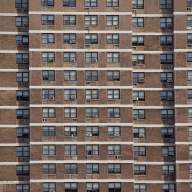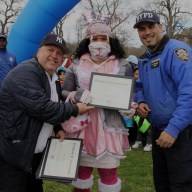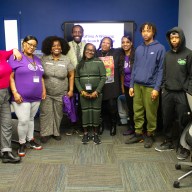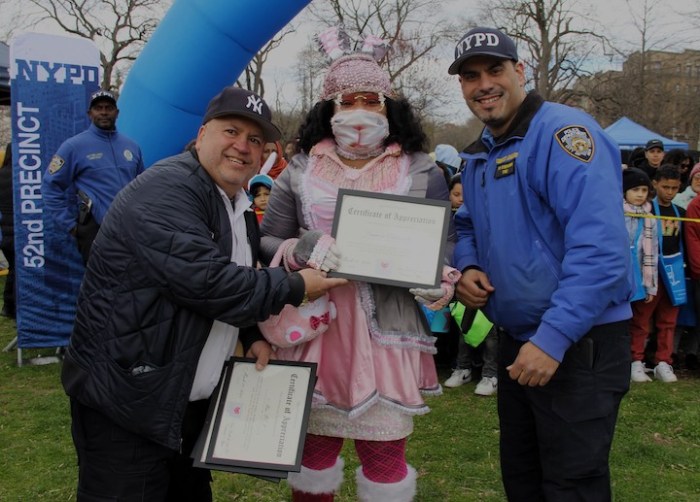If you care about forests, get on down to the Garden.
The New York Botanical Garden is inviting corporate interns and employees, summer camp participants, and all who wish to volunteer to preserve the largest stretch of original, virgin forest in New York City.
The garden’s 50 acres of virgin woodlands represents one of the last bastions of original forest in the city. It looks the way it did before the arrival of European settlers in the 17th century. The same species of trees and plant life that once covered the landscape still exist in what is described as an “island” next to the Bronx River, originally christened the “Hemlock Grove” in 1895 when the botanical garden opened.
Other areas of woodland exist in the city, but few still have the same type of native flora, plants, and especially trees — various kind of oaks and hemlock -— that were here when the first settlers from Europe arrived. Smaller sites exits in Inwood and in Queens.
The Garden is using volunteers to fight invasive plants that were not part of the original forest. If they were allowed to grow, the forest might still be wooded, but it would be different.
“The goal in restoration of the original forest is to remove invasive plants like Japanese knotweed, honeysuckle shrub, porcelain-berry, and Japanese honeysuckle,” said Jessica Schuler, manager of the forest for the NYBG. “These invasive plants will become the future of the forest if we just stand back and watch. Our goal is to maintain the native flora and plants that have grown here for centuries.”
The NYBG has its own internship program, and four summer volunteers from the Mosholu Montefiore Community Center are working at the forest this summer removing invasive plants. In addition, since January the forest has seen volunteers from Morgan Stanley Smith Barney, Bronx Preparatory Charter School, Bronx Lab School, Goldman Sachs, Fordham University, CIT, Mitsubishi, Sustainable South Bronx, and several boy scout troops. The amount of volunteers has more than doubled this past fiscal year compared to the previous year.
In addition, Schuler said that the NYBG employees three full-time forest employees who preserve the forest by preventing invasive plants from growing. Since the forest is always evolving, it may continue to be green but will not be what it was like when Native American tribes called it home.
The Garden is also reaching out to the Parks Department’s Natural Resources Group, whose goal is to preserve diverse plant populations, including rare and endangered species. The Natural Resources Group was founded by former Parks Commissioner Henry Stern in 1984. The NYBG has also developed a strong working relationship with the Bronx River Alliance, since the river runs through the garden’s forest. Schuler said that a study has been commissioned in conjunction with Columbia University to find practical solutions to controlling the growth of Japanese knotweed along the Bronx River.
“We are partnering with other groups too,” Schuler said. “We hope that the forest itself could become a model of natural preserves and landscapes from outside of the Garden.”


















